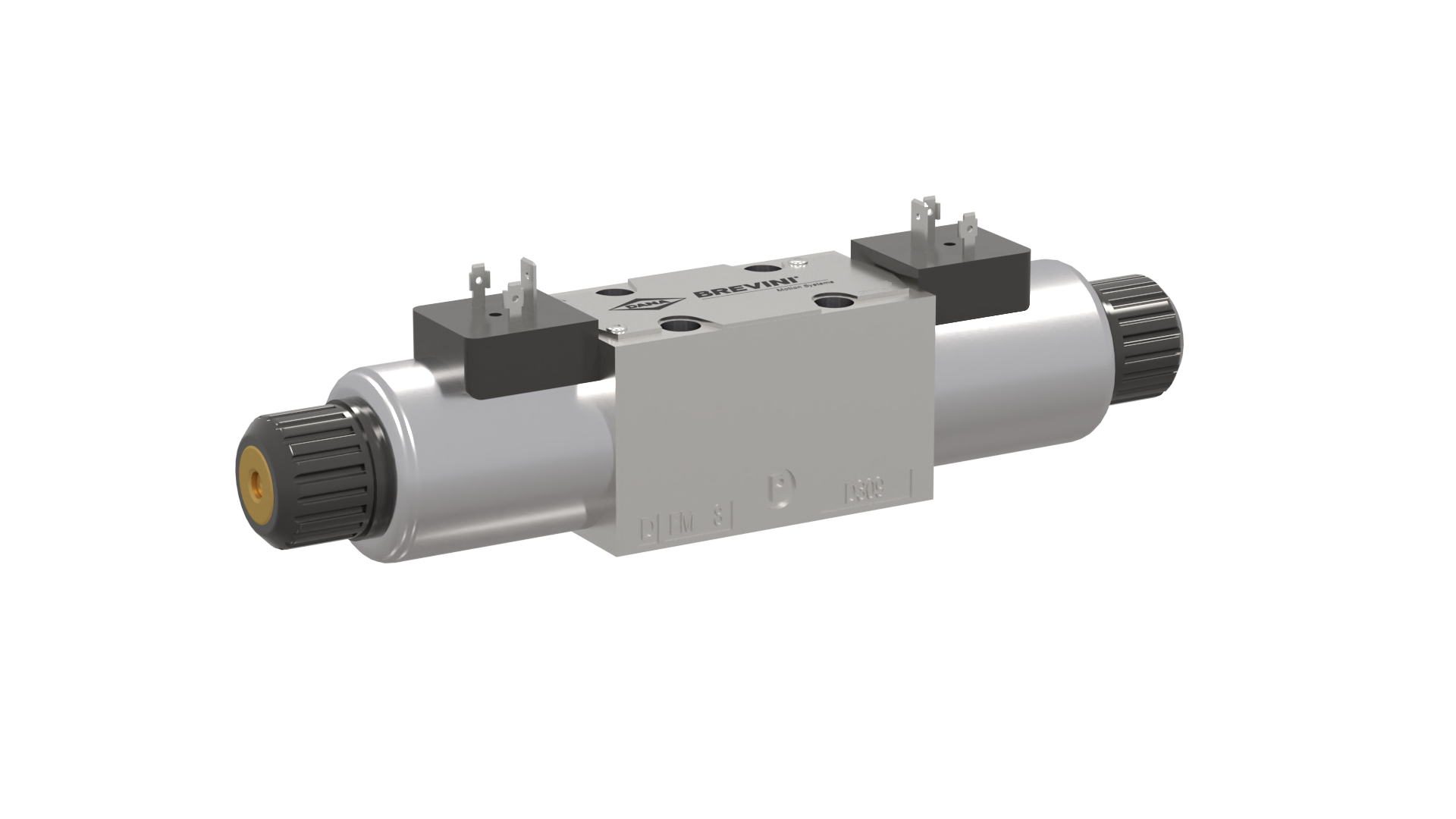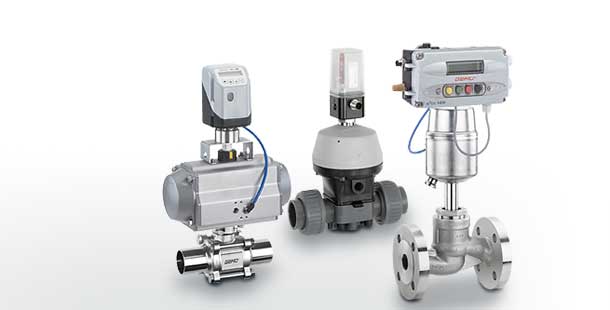How Control Valves Impact Power Efficiency in Industrial Settings
How Control Valves Impact Power Efficiency in Industrial Settings
Blog Article

Maximize Power Financial Savings and Convenience With Advanced Building Automation Controls
In the realm of modern architecture and center management, the assimilation of advanced building automation regulates stands as an essential improvement. The merging of modern technology and sustainability has birthed a new age where energy performance, comfort optimization, and operational streamlining are no more attainable facts yet distant aspirations. By harnessing the power of automation, buildings can adapt, respond, and advance in manner ins which were once unbelievable. The possibility for substantial energy financial savings and improved comfort is not just a guarantee but an opportunity waiting to be satisfied. This standard change in building administration holds the key to opening a world where ecological conscientiousness and owner health sympathetically exist together within the walls of our structures.
Power Efficiency Perks
Energy efficiency advantages can considerably lower energy consumption and functional prices in buildings. By carrying out energy-efficient techniques and modern technologies, building proprietors and drivers can attain significant cost savings while likewise contributing to environmental sustainability. One of the main advantages of improving power performance in buildings is the decrease of energy expenses. Energy-efficient systems, such as sophisticated structure automation controls, can maximize the use of sources like heating, lighting, and cooling, resulting in reduced power expenses in time.
Additionally, enhanced power efficiency can prolong the lifespan of structure devices and systems. By running more successfully, a/c systems, light, and various other structure components experience less damage, causing reduced maintenance and replacement costs. Furthermore, energy-efficient structures frequently regulate higher residential property values and rental rates, supplying long-term economic benefits to proprietors.
Moreover, power efficiency can improve owner convenience and productivity. Effectively regulated indoor environments with optimal lights and thermal conditions produce a more enjoyable and helpful work space, resulting in enhanced employee satisfaction and efficiency. Generally, the energy performance benefits connected with advanced structure automation controls are multifaceted, incorporating price savings, environmental stewardship, and owner health.
Enhanced Convenience Control
Enhancing convenience control in structure atmospheres requires an innovative integration of innovative automation systems for optimum occupant well-being. By making use of sophisticated structure automation controls, centers can tailor the indoor setting to satisfy the specific needs and choices of residents. These systems make it possible for precise guideline of ventilation, lights, and temperature level, producing a effective and comfy atmosphere. Occupant complete satisfaction and productivity are closely linked to thermal comfort, making it important to have systems in position that can adapt to altering conditions in real-time.
By incorporating these advanced controls, structures can not only enhance comfort yet additionally improve energy efficiency by maximizing system operations based on actual tenancy and usage patterns. Eventually, focusing on occupant convenience via advanced automation systems leads to an extra pleasurable and much healthier interior environment.
Functional Performance Improvements

Furthermore, the implementation of real-time monitoring and analytics devices enables structure operators to determine energy ineffectiveness and functional abnormalities without delay. By constantly keeping an eye on power usage patterns and system efficiency metrics, changes can be made in real-time to optimize energy intake and make certain peak functional performance. control valves. Furthermore, integrating demand action strategies into building automation controls can additionally boost operational efficiency by dynamically changing energy use based upon grid problems and rates signals
Indoor Environment Optimization
Efficient indoor climate optimization is a basic facet of building automation controls, guaranteeing passengers' convenience and well-being while taking full advantage of power financial savings. By making use of advanced sensors and controls, building automation systems can continuously change and keep an eye on temperature, humidity levels, air top quality, and ventilation to develop an optimal indoor atmosphere. Preserving regular and comfy conditions not only improves passenger satisfaction yet additionally boosts efficiency and general wellness.
Interior climate optimization also plays a vital function in energy efficiency. By fine-tuning heating, air conditioning, and air flow systems based upon real-time data and tenancy patterns, constructing automation controls can dramatically minimize energy intake - control valves. Applying techniques such as demand-controlled air flow and thermal zoning can assist minimize power waste while ensuring that each location of the building gets the necessary conditioning.

Sustainable Environment Creation
Building automation controls index not only maximize indoor climate problems for power efficiency and owner convenience but also lay the foundation for creating a sustainable atmosphere via critical management of systems and sources. By integrating innovative building automation innovations, such as sensing units, actuators, and smart software application, centers can monitor and adjust power use in real-time to reduce waste and minimize their carbon impact. These systems make it possible for anticipating maintenance, identifying possible issues prior to they escalate and optimizing devices performance to improve durability and effectiveness.
Moreover, sustainable setting creation prolongs past visit their website energy monitoring to include water preservation, waste decrease, and interior air quality renovation. Building automation controls can regulate water use, spot leakages, and make certain proper waste disposal techniques, adding to total sustainability initiatives. Furthermore, by monitoring and managing air flow and filtration systems, these technologies enhance occupant health and wellness and performance while reducing energy intake related to HVAC procedures.
Conclusion
In final thought, progressed structure automation controls offer significant benefits in terms of energy financial savings, convenience control, functional efficiency, indoor climate optimization, and producing a sustainable setting. By carrying out these controls, buildings can achieve optimum performance while lowering energy intake and improving occupant comfort. It appears that making use of advanced automation innovation is crucial in enhancing structure efficiency and developing a more sustainable future.
Power performance advantages can substantially reduce energy usage and operational costs in structures. On the whole, the energy effectiveness benefits connected with innovative structure automation controls are multifaceted, encompassing price savings, environmental stewardship, and owner wellness.
In addition, including demand feedback techniques right into building automation controls can additionally boost functional performance by dynamically changing energy use based on grid problems and pricing signals.
Structure automation manages not only enhance interior climate conditions for power effectiveness and occupant convenience but additionally lay the structure for creating a sustainable atmosphere with tactical monitoring of resources and systems.In verdict, advanced structure automation controls deal substantial advantages in terms of energy cost savings, comfort control, operational performance, indoor climate optimization, and developing a sustainable atmosphere.
Report this page